- Home
- Articles
- Architectural Portfolio
- Architectral Presentation
- Inspirational Stories
- Architecture News
- Visualization
- BIM Industry
- Facade Design
- Parametric Design
- Career
- Landscape Architecture
- Construction
- Artificial Intelligence
- Sketching
- Design Softwares
- Diagrams
- Writing
- Architectural Tips
- Sustainability
- Courses
- Concept
- Technology
- History & Heritage
- Future of Architecture
- Guides & How-To
- Art & Culture
- Projects
- Interior Design
- Competitions
- Jobs
- Store
- Tools
- More
- Home
- Articles
- Architectural Portfolio
- Architectral Presentation
- Inspirational Stories
- Architecture News
- Visualization
- BIM Industry
- Facade Design
- Parametric Design
- Career
- Landscape Architecture
- Construction
- Artificial Intelligence
- Sketching
- Design Softwares
- Diagrams
- Writing
- Architectural Tips
- Sustainability
- Courses
- Concept
- Technology
- History & Heritage
- Future of Architecture
- Guides & How-To
- Art & Culture
- Projects
- Interior Design
- Competitions
- Jobs
- Store
- Tools
- More
Textile and Material Libraries for 3D Architectural Model to Enhance Realism
Discover the top 10 textile and material libraries for 3D architectural modeling. Elevate your designs with ready-to-use, PBR textures that add realism and save time. Explore diverse materials like wood, fabric, metal, and more, compatible with tools like Blender and 3ds Max. Streamline workflows and achieve stunning, professional-grade renders with these essential resources!
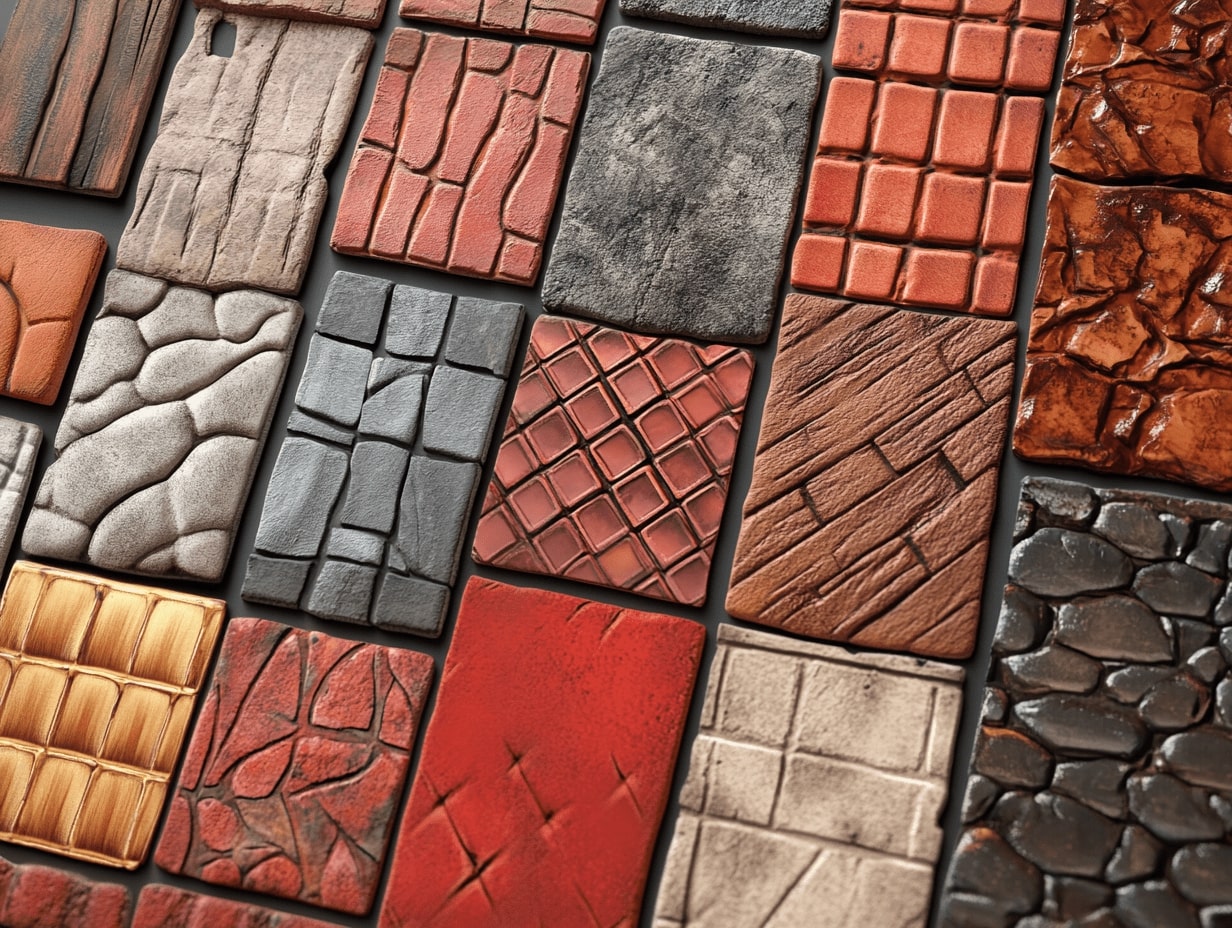
Creating realistic 3D architectural models requires more than just intricate designs—it’s all about the details. Textures and materials breathe life into these models, turning flat surfaces into visually stunning, immersive spaces. Whether it’s the warmth of wood, the sleekness of metal, or the softness of fabric, the right materials make all the difference.
That’s where textile and material libraries come in. These resources give us access to high-quality, ready-to-use textures that save time and elevate our designs. With countless options available, finding the best libraries can feel overwhelming.
Table of Contents
ToggleOverview Of Textile And Material Libraries For 3D Architectural Models
Textile and material libraries serve as essential resources in 3D architectural modeling. They provide pre-designed digital textures, including fabric, wood, metal, and stone surfaces, that streamline design processes. These libraries offer an extensive range of materials designed to emulate real-world finishes accurately.
By leveraging these libraries, we can ensure consistency in material quality and visual appeal across projects. Many libraries include PBR (Physically Based Rendering) textures, enhancing realism by simulating accurate light interactions. Some options specialize in specific material categories, like textiles for furniture or tiles for flooring, making them versatile for various design needs.
These tools not only reduce the time spent creating textures from scratch but also enable us to focus on other creative aspects of architectural modeling. By incorporating ready-to-use materials from reliable libraries, we can enhance productivity without compromising design quality.

Key Features To Look For In Material Libraries
High-quality material libraries enhance the realism and efficiency of 3D modeling. Selecting the right library involves evaluating critical features for optimal results.
Variety Of Textures And Materials
A comprehensive library offers an extensive range of textures and materials, including wood, stone, metal, fabric, and glass. This diversity enables designers to address varied project requirements, such as creating lifelike surfaces for walls, furniture, or flooring. Libraries specializing in customizable PBR textures provide realistic lighting and reflection simulations.
Compatibility With 3D Modeling Software
Libraries compatible with popular 3D modeling software, such as Blender, SketchUp, and 3ds Max, streamline the design process. Integration support ensures smooth importing of materials and accurate rendering results. Formats like .OBJ, .FBX, and .JPEG enhance adaptability across multiple platforms.

Top 10 Textile And Material Libraries For 3D Architectural Models
High-quality textile and material libraries are essential for realistic and efficient 3D architectural modeling. We’ve curated 10 of the best libraries, highlighting their features to help streamline your workflows.
1. Architextures
- Overview: A browser-based library offering high-quality, customizable textures and patterns for architecture and interior design projects.
- Key Features: Includes seamless patterns, scalable materials, and the ability to adjust scale, color, and texture properties directly.
- Best For: Architects and designers looking for specific material visuals, such as bricks, tiles, wood, or concrete.
2. Poliigon
- Overview: A premium library offering high-resolution textures and materials for 3D rendering and visualization.
- Key Features: PBR (Physically Based Rendering) ready materials with seamless textures, maps (normal, displacement, glossiness), and extensive collections.
- Best For: Realistic renderings in tools like Blender, 3ds Max, and V-Ray.
3. Substance by Adobe (Substance Source)
- Overview: A professional library integrated with Adobe tools, offering a vast selection of procedural and customizable materials.
- Key Features: PBR materials, real-time customization, and compatibility with various design software.
- Best For: High-end architectural visualization and immersive designs for VR/AR.
4. Textures.com
- Overview: A free and premium platform offering thousands of textures in categories like fabric, metal, wood, and stone.
- Key Features: High-quality seamless textures with maps for bump, displacement, and reflection.
- Best For: Quick access to a variety of free and paid textures.

5. Evermotion
- Overview: Known for its Archmodels and Archinteriors, Evermotion also provides detailed textures and material packs for architecture.
- Key Features: Specialized material collections designed for interior and exterior scenes.
- Best For: Architects working in V-Ray, Corona Renderer, and 3ds Max.
6. Quixel Megascans
- Overview: A massive photorealistic material and asset library with textures scanned from real-world objects.
- Key Features: Ultra-high-quality PBR materials and integration with Unreal Engine.
- Best For: Creating hyper-realistic renderings for architecture and games.
7. CGAxis
- Overview: Offers a collection of PBR materials, including floors, walls, and natural materials.
- Key Features: High-quality texture maps and extensive material packs categorized by themes.
- Best For: Visualization professionals seeking ready-to-use materials for complex projects.

8. VizPark
- Overview: Provides tools and material collections for architectural visualization.
- Key Features: Unique material packs like interior tiles, parquets, and natural stone, with seamless design and 3D modeling support.
- Best For: Interior-focused architectural projects.
9. Arroway Textures
- Overview: Renowned for its photorealistic materials and high-end texture maps for architecture.
- Key Features: Large-scale textures with diffuse, bump, and reflection maps.
- Best For: Large-scale exterior and urban architectural visualization.
10. RD-Textures
- Overview: A high-quality texture library with detailed and realistic material representations, especially for rough surfaces.
- Key Features: Specialized in concrete and plaster materials with multi-layered PBR maps.
- Best For: Architects focused on modern and industrial aesthetics.

How To Choose The Best Library For Your Architectural Model
Choosing the right textile and material library improves the efficiency and quality of 3D architectural models. Key factors like software integration, texture variety, and realism ensure the library aligns with project goals.
Considering Software Integration
Compatibility with 3D modeling software simplifies workflows. Libraries compatible with Blender, SketchUp, and 3ds Max allow seamless importing of textures. Format support, such as .OBJ, .FBX, and .JPEG, ensures textures work without manual conversion. For example, a library offering .FBX files integrates well with 3ds Max while .JPEG textures suit SketchUp.
Conclusion
Incorporating high-quality textile and material libraries weaves realism into 3D architectural modeling. These curated resources simplify the creative process, offering diverse, ready-to-use textures that save time while maintaining exceptional visual standards. Selecting libraries with PBR textures, wide material categories, and optimal format compatibility enhances rendering quality and ensures seamless integration with software like Blender and 3ds Max. By incorporating the right libraries into our workflow, we can achieve more efficient, professional-grade designs.
- 3D architectural models
- 3D architectural texture resources
- 3D design material resources
- 3D model textures
- 3D modeling material library
- architectural material resources
- architectural texture library
- architecture design libraries
- architecture visualization textures
- digital material resources
- digital textile library
- enhance 3D architectural realism
- fabric textures for 3D models
- material library for 3D modeling
- material textures for architects
- realistic 3D models
- realistic 3D textiles
- realistic texture library
- textile library for architecture
- textile resources for 3D design
Submit your architectural projects
Follow these steps for submission your project. Submission FormLatest Posts
Architectural Visualization in Motion: When a Still Image Isn’t Enough
High-resolution stills have long been the standard in architectural presentation, but today’s...
Lumion 2024.3: It’s Time to Enhance Urban Visualization
With 5x faster video rendering, a remarkable improvement in material quality, and...
Lumion Pro 2025: Smarter, Faster, More Realistic
In today’s architectural world, rendering plays an important role in turning design...
Mac Guide for Architects: How to Maximize Rendering Speed and Performance
Architects use heavy software for intricate 3D modeling and visualization. If your...





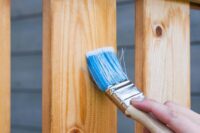
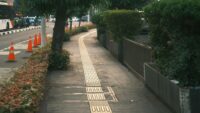
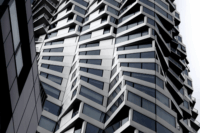

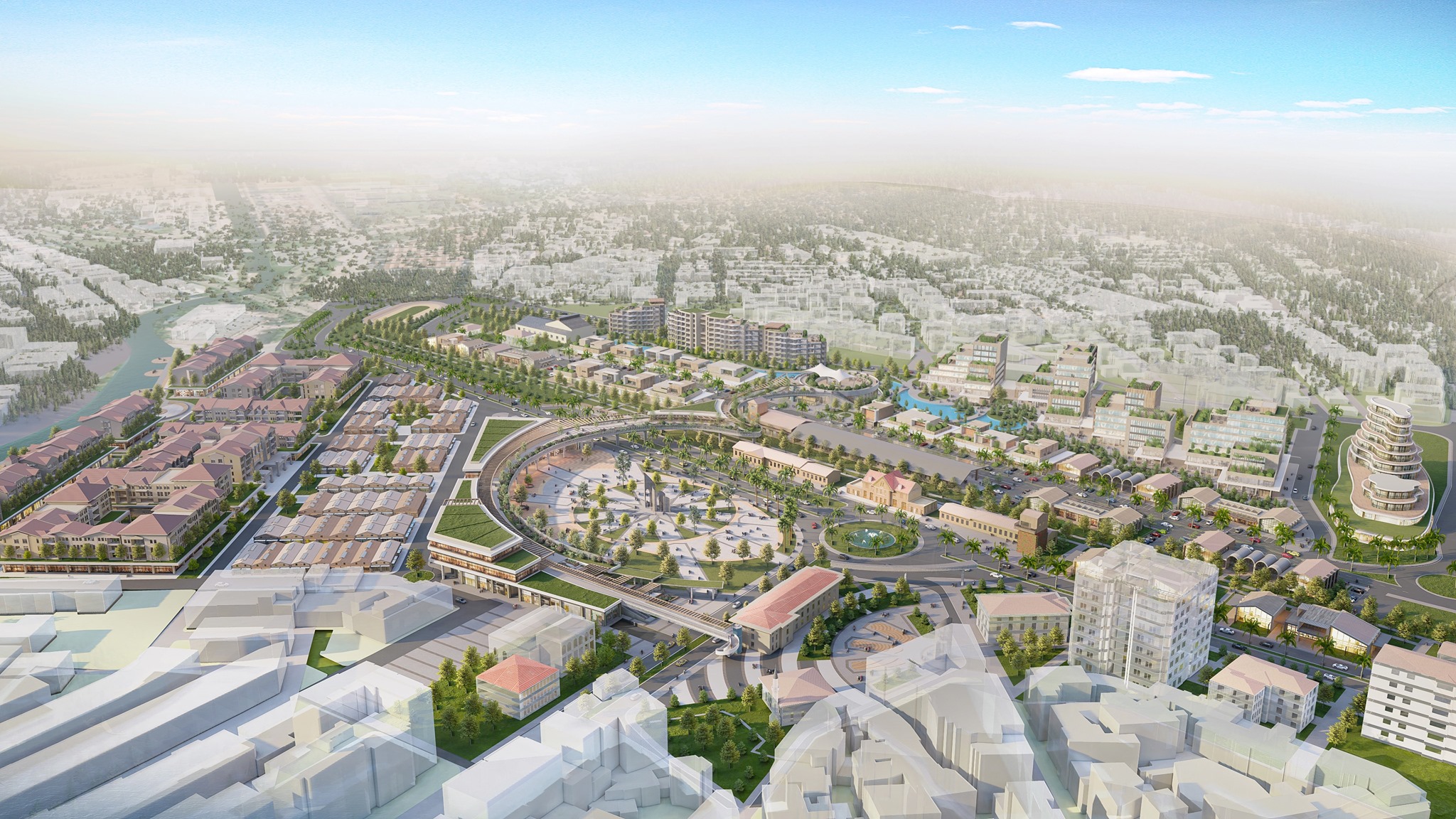


Leave a comment